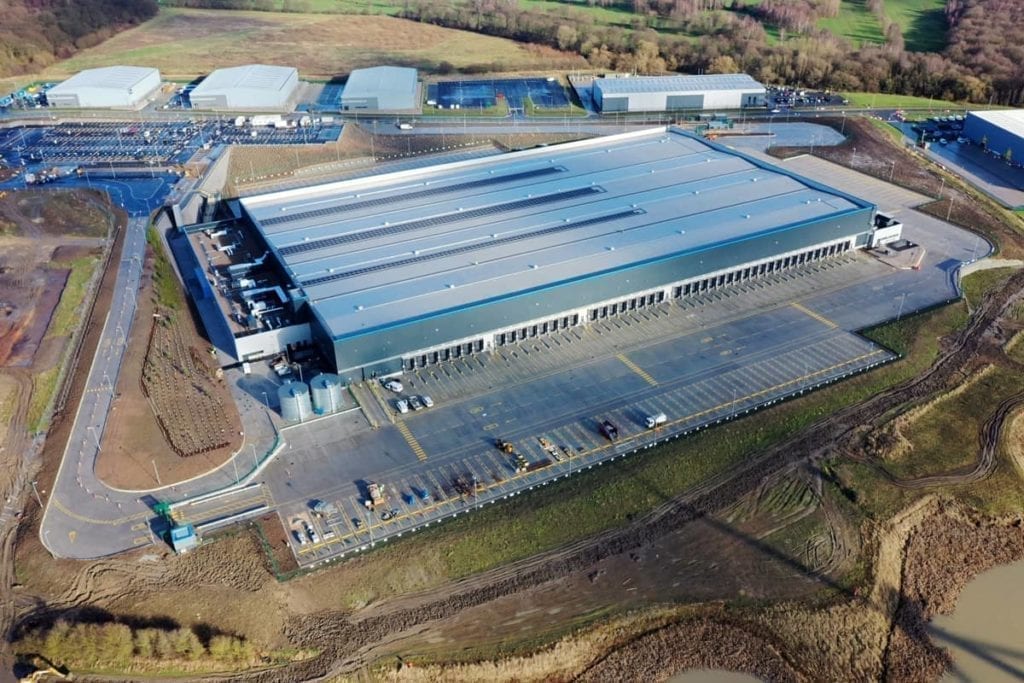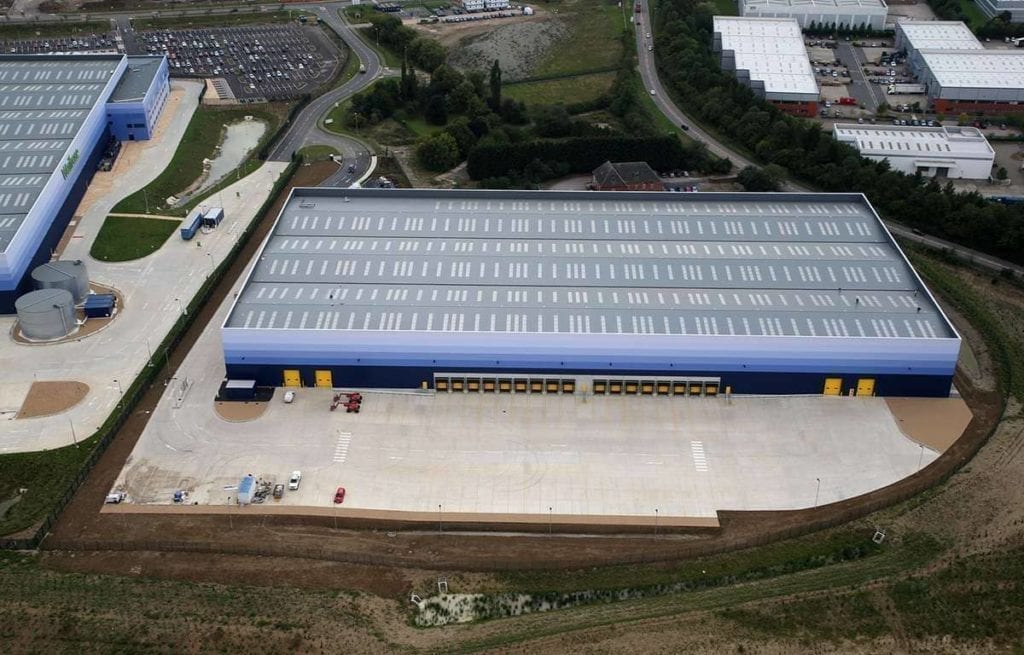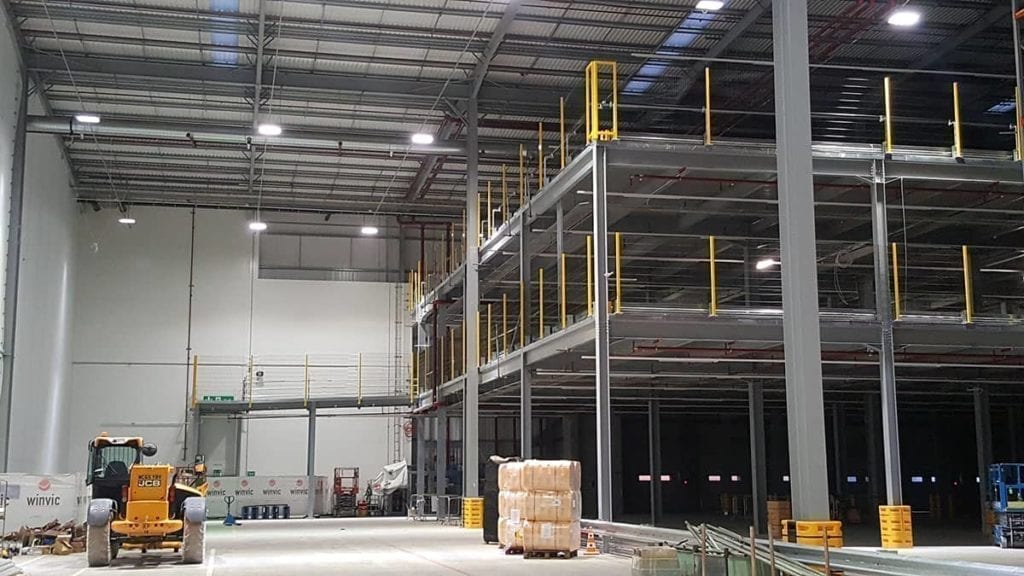Judging from last Winter’s record-breaking rainfall, daylight will be in short supply in the coming months. Making sourcing warehouse pedestrian safety products especially urgent.
Workplaces that involve pedestrians, off-road vehicles and trucks in close proximity are difficult to manage in terms of productivity and risk. The Winter months add to the complexities.
External visibility and movement are impacted, and even some internal warehouse areas become contaminated by moisture and grit from snow, ice and rain.
Assessing how to keep employees, visitors and drivers safe in warehouse environments is a year-round priority of course. However, setting aside falling temperatures, there are added risks in winter that compel you to ramp up site safety from October through to March.
To help you meet targets for warehouse pedestrian safety, which products can help you remain compliant and accident-free this winter?
Strong visual guides and signals for pedestrians
Winter is the perfect time to evaluate all your pedestrian safety features in terms of location, but also visibility. Have you got sufficient numbers of bollards, markers and notices in place across your entire site, but also how well can they be seen during hours of reduced daylight?
Clearly, this especially involves loading bays, approaching roads and car parking areas where staff and visitors walk near traffic.
If the visual impact of your safety structures and fixtures has been compromised over time, then sourcing authentically high-vis safety products for traffic management is now vitally important.
Risk assessments and structural safety measures in Winter
Have you considered every structure, angle or pathway that represents a risk for people walking around your site? Including any added distractions or issues caused by poor light or weather in winter?
Even the sounds of a storm could cause a momentary lapse in concentration.
Keep in mind that it’s now possible to specify versatile safety materials and products in a multitude of dimensions. Everything from easy to see yellow corner wraps, to heavy-duty pedestrian safety barriers and guard rail systems that are impossible to miss.
One of the ways installing new barriers is advantageous in winter months, is it could prevent accidents as staff hurry to get away from outside areas or draughty loading bays, or when drivers have less chance of hearing warnings and commands when it’s windy and wild!
There really is a pedestrian safety product to match every place and situation, and ingenious ways to keep vehicles and pedestrians apart whatever your site layout.
Reducing the risk of winter trips, slips and falls in warehouses
Not all winter hazards in warehouses can be solved by good traffic management though.
Apart from the prospect of icy surfaces leading to your doors and bays, there is also the very real prospect of moisture and other contaminants transferring inside. Making walking on stairs or even flat floors in your warehouse a potential slip risk.
Risk assessment should take account of the need for products such as:
Self-adhesive EdgeWRAP
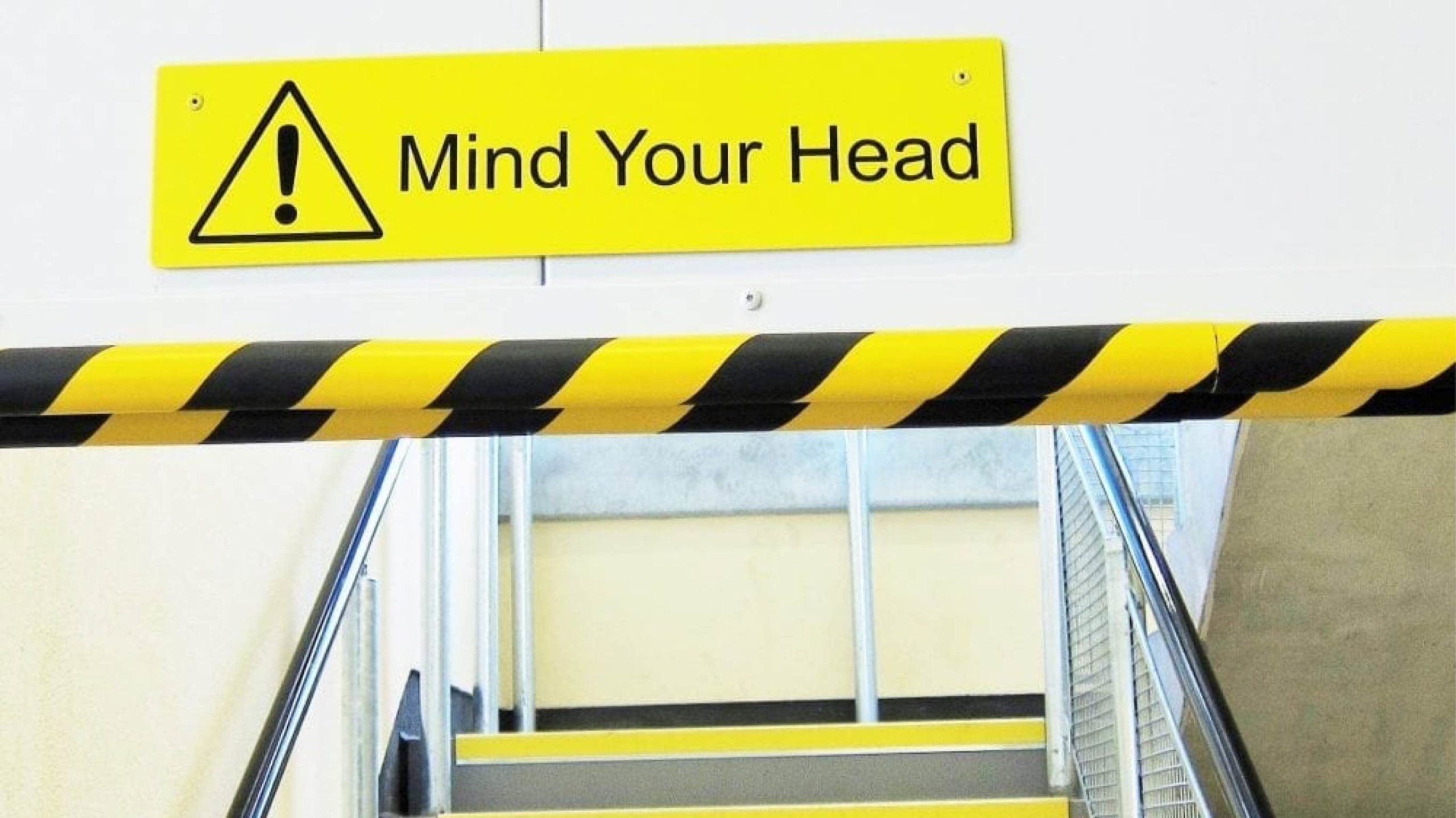
Keep in mind that this yellow/black light-duty foam edging material can be used in other ways too. Such as to cover over anything that presents a snag hazard, or a sharp edge that could hurt someone.
Versatile Pedestrian Handrails
These are vital externally where ice can build up, but can also be swiftly installed internally, wherever walking becomes perilous when moisture is present.
The best-designed handrail systems don’t simply help pedestrians stay upright. They are also an important way to prevent clashes with structures and off-road vehicles or to segregate staff and visitors from sensitive onsite areas.
Advice on winter safety solutions for pedestrians
There has been considerable investment in campaigns to keep pedestrians safe on public roads, and the HSE has put a strong emphasis on the steps needed to avoid pedestrian accidents in workplaces. However, in busy warehouse environments, the weight of responsibility falls firmly on employers.
Winter brings a fresh set of problems for anyone managing in-out workplaces when staff and vehicles use both external and internal areas for their activities. Planning warehouse pedestrian safety, and knowing what products to buy and where to place them, can become particularly complex in the colder, darker and wetter months.
The answer is to work with BrandSafe, to build on our expertise and experience in mapping out safety systems that leave no opportunities for gaps or oversights, no matter what the British weather brings.

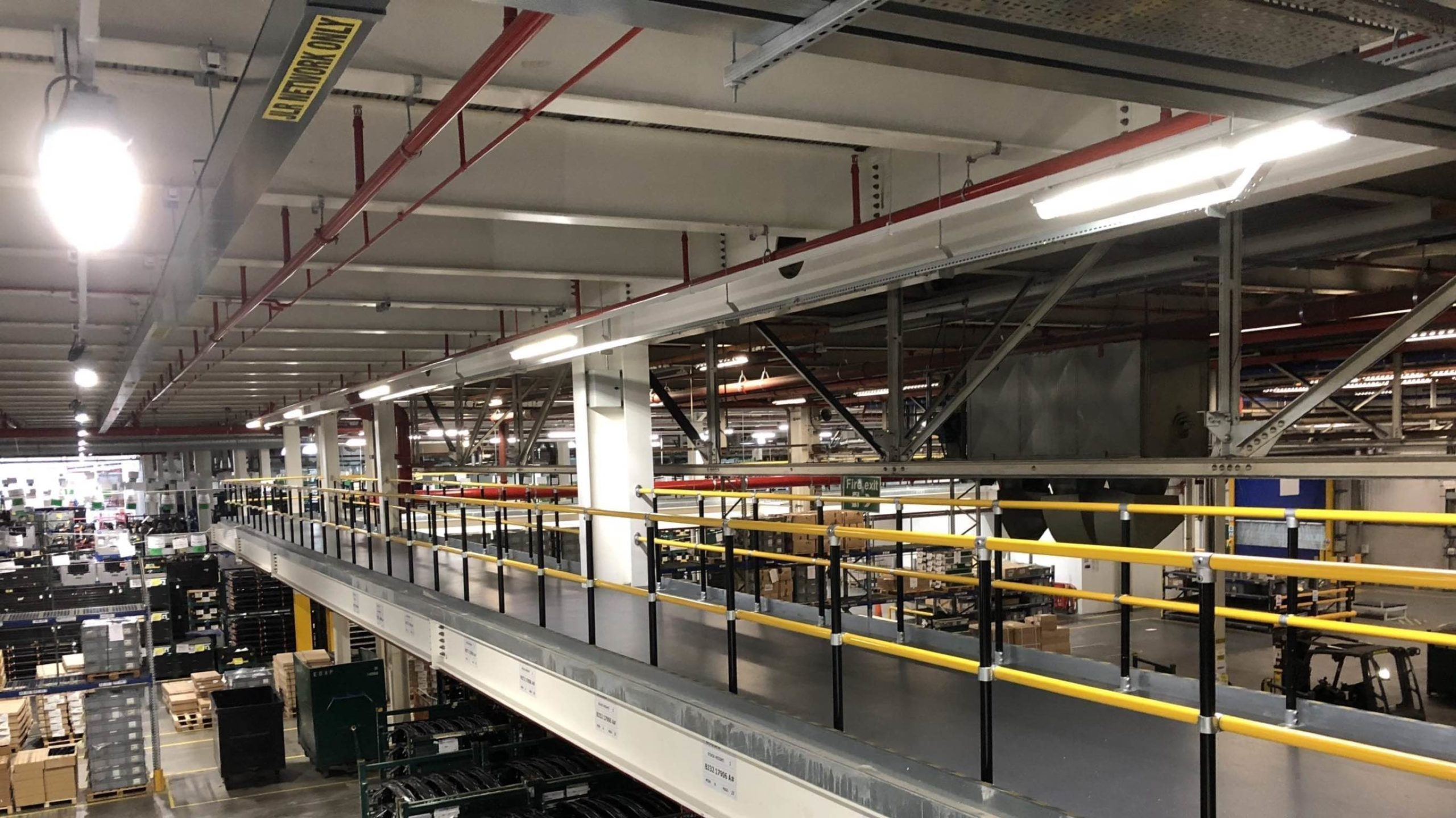
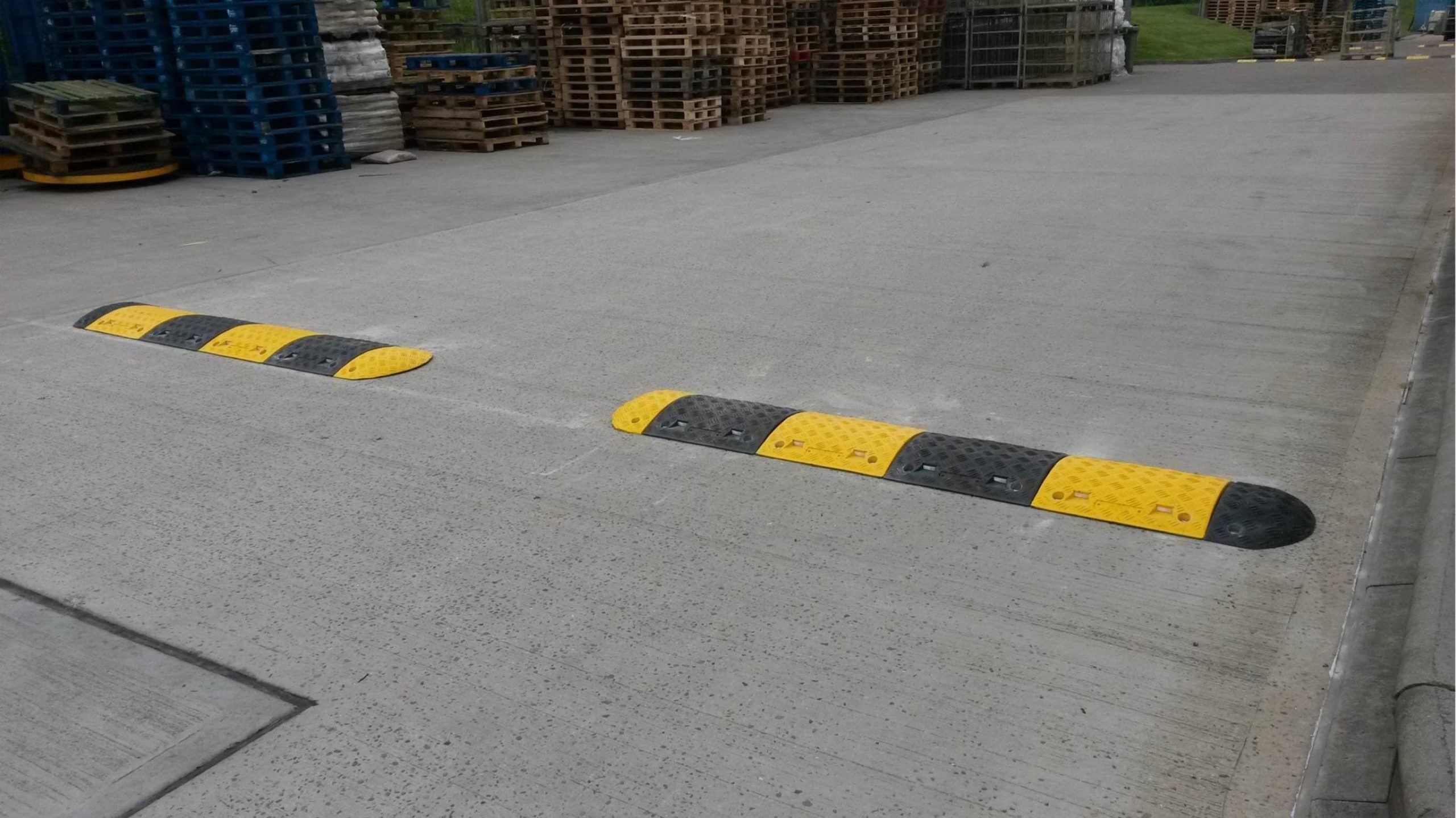 If fitting speed calming measures saves one life or a serious injury, it’s money well spent.
If fitting speed calming measures saves one life or a serious injury, it’s money well spent.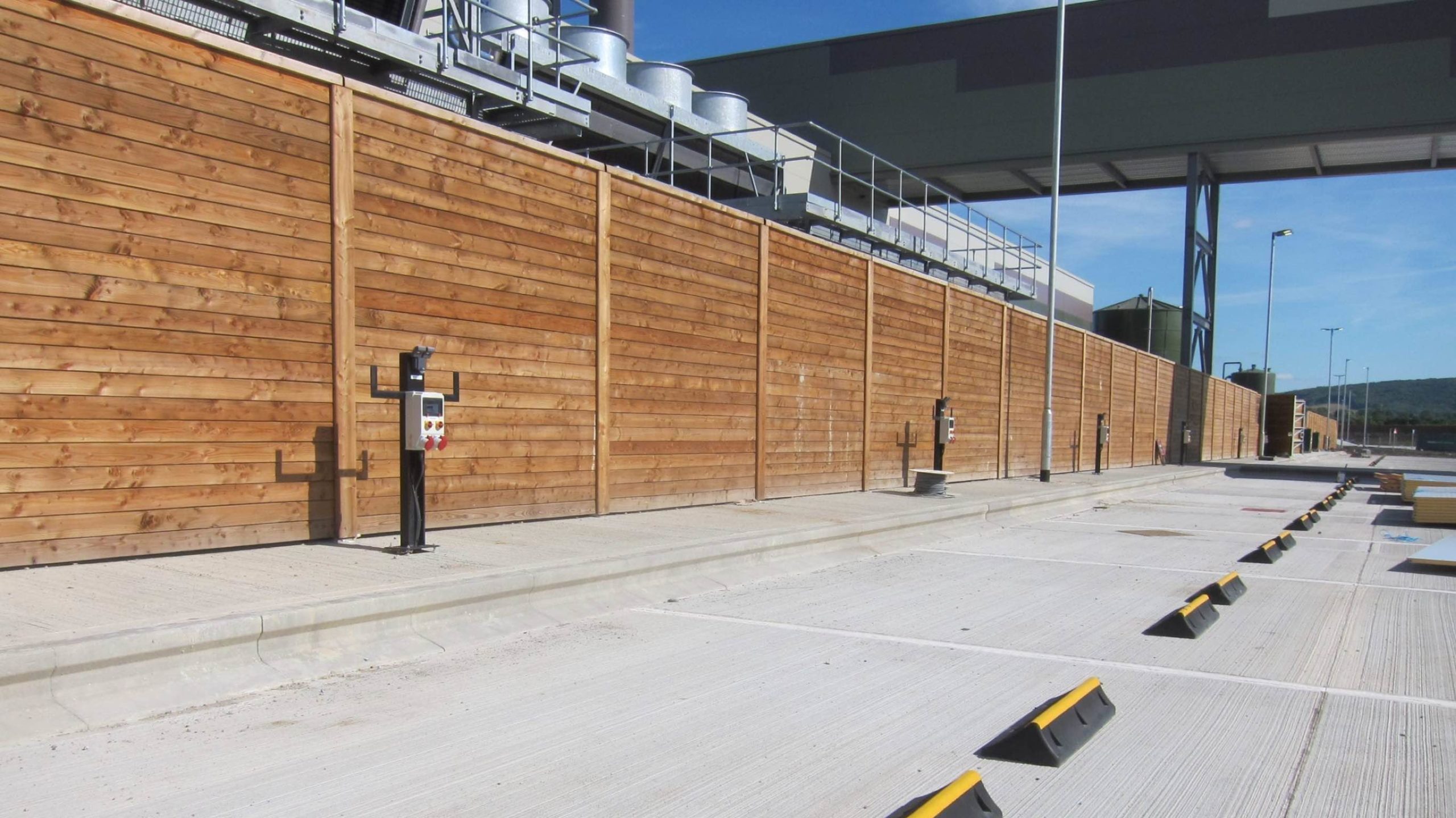 Knowing where to place speed bumps is crucial! Their presence acts as a warning and hopefully a deterrent, but if they can be avoided or ignored, then your traffic safety system is flawed.
Knowing where to place speed bumps is crucial! Their presence acts as a warning and hopefully a deterrent, but if they can be avoided or ignored, then your traffic safety system is flawed.